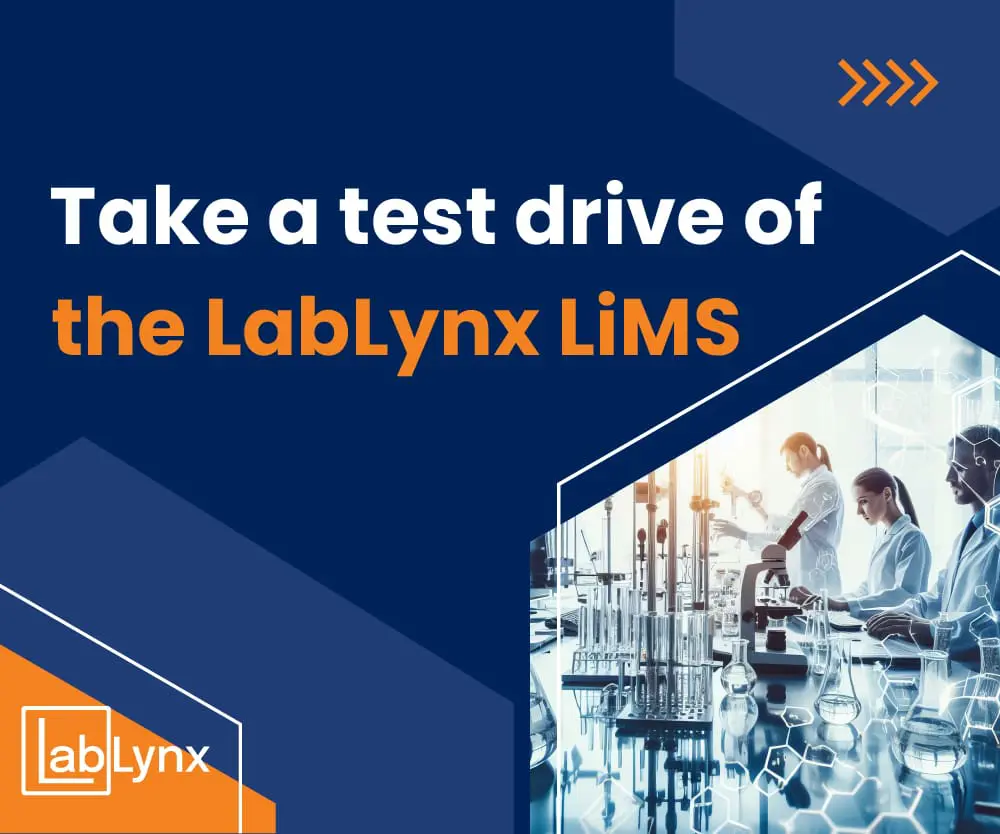Empowering Contract Testing Labs with LIMS: A Comprehensive Guide
In the competitive landscape of contract testing laboratories, efficiency, accuracy, and compliance are non-negotiable. As demands increase and regulatory scrutiny intensifies, implementing a Laboratory Information Management System (LIMS) becomes a strategic imperative. But what exactly does a LIMS do for contract testing labs, and how can it elevate your operations to the next level? Let’s dive in and explore the transformative power of LIMS.
The Unique Challenges of Contract Testing Labs
Contract testing labs face a unique set of challenges that require tailored solutions:
- Diverse Client Needs: Each client comes with specific requirements, from unique test methods to varied reporting formats.
- High Sample Volume and Turnaround Time: Meeting tight deadlines and managing high volumes of samples is critical.
- Stringent Regulatory Compliance: Adhering to industry standards and regulations like GLP, GMP, and ISO 17025 is essential.
- Data Integrity and Security: Maintaining accurate, traceable data and protecting sensitive client information is paramount.
- Cost Efficiency and Profitability: Optimizing resources, minimizing errors, and maximizing efficiency are crucial for profitability.
How LIMS Addresses These Challenges
A LIMS acts as a central nervous system for your contract testing lab, integrating and streamlining every aspect of your operations. Let’s break down how LIMS addresses each challenge:
- Managing Diverse Client Needs:
-
- Customizable Workflows: Tailor workflows to match each client’s specific requirements, ensuring consistent and accurate processes.
- Flexible Reporting: Generate reports in various formats to meet different client preferences and regulatory standards.
- Client Portals: Provide secure access for clients to submit samples, track progress, and view results in real-time.
- Optimizing Sample Management and Turnaround Time:
-
- Sample Tracking: Track the entire lifecycle of a sample, from receipt to disposal, ensuring traceability and accountability.
- Automated Data Capture: Integrate instruments and eliminate manual data entry, reducing errors and speeding up processes.
- Resource Management: Optimize instrument utilization and staff allocation to maximize efficiency and meet tight deadlines.
- Ensuring Regulatory Compliance:
-
- Audit Trails: Maintain comprehensive records of all actions and changes to data, ensuring compliance with regulatory standards.
- Electronic Signatures: Enable secure electronic signatures for approvals and data verification.
- Document Management: Centralize SOPs, protocols, and other documentation for easy access and version control.
- Protecting Data Integrity and Security:
-
- Access Controls: Grant role-based access to data, ensuring that only authorized personnel can view or modify information.
- Data Validation: Implement checks and validations to prevent errors and ensure data accuracy.
- Backup and Disaster Recovery: Safeguard critical data with regular backups and recovery plans.
- Boosting Cost Efficiency and Profitability:
-
- Reduced Manual Effort: Automate repetitive tasks and eliminate manual errors, freeing up staff for higher-value activities.
- Optimized Inventory Management: Track reagent usage, monitor expiration dates, and automate reordering to avoid stockouts and waste.
- Improved Resource Utilization: Analyze data to identify bottlenecks and inefficiencies, allowing for better resource allocation.
- Faster Turnaround Times: Efficient processes and streamlined workflows result in faster turnaround times, increasing client satisfaction and repeat business.
Key Features to Look for in a LIMS for Contract Testing Labs
- Flexibility and Customization: The ability to adapt to diverse client needs and changing regulatory requirements.
- Sample Management: Robust sample tracking, chain of custody, and reporting capabilities.
- Instrument Integration: Seamless integration with laboratory instruments to automate data capture and reduce errors.
- Quality Control and Assurance: Tools for managing quality control samples, proficiency testing, and data validation.
- Reporting and Analytics: Customizable reporting templates, data visualization tools, and advanced analytics capabilities.
- Security and Compliance: Robust security features to protect client data and ensure compliance with regulatory standards.
Conclusion
In the fast-paced and competitive world of contract testing labs, a LIMS is no longer a luxury but a necessity. By addressing the unique challenges faced by contract labs, a LIMS can transform your operations, boost efficiency, ensure compliance, and ultimately drive profitability. When choosing a LIMS, prioritize features that align with your lab’s specific needs and future growth plans. With the right LIMS in place, your contract testing lab will be well-equipped to thrive in a constantly evolving industry landscape.

